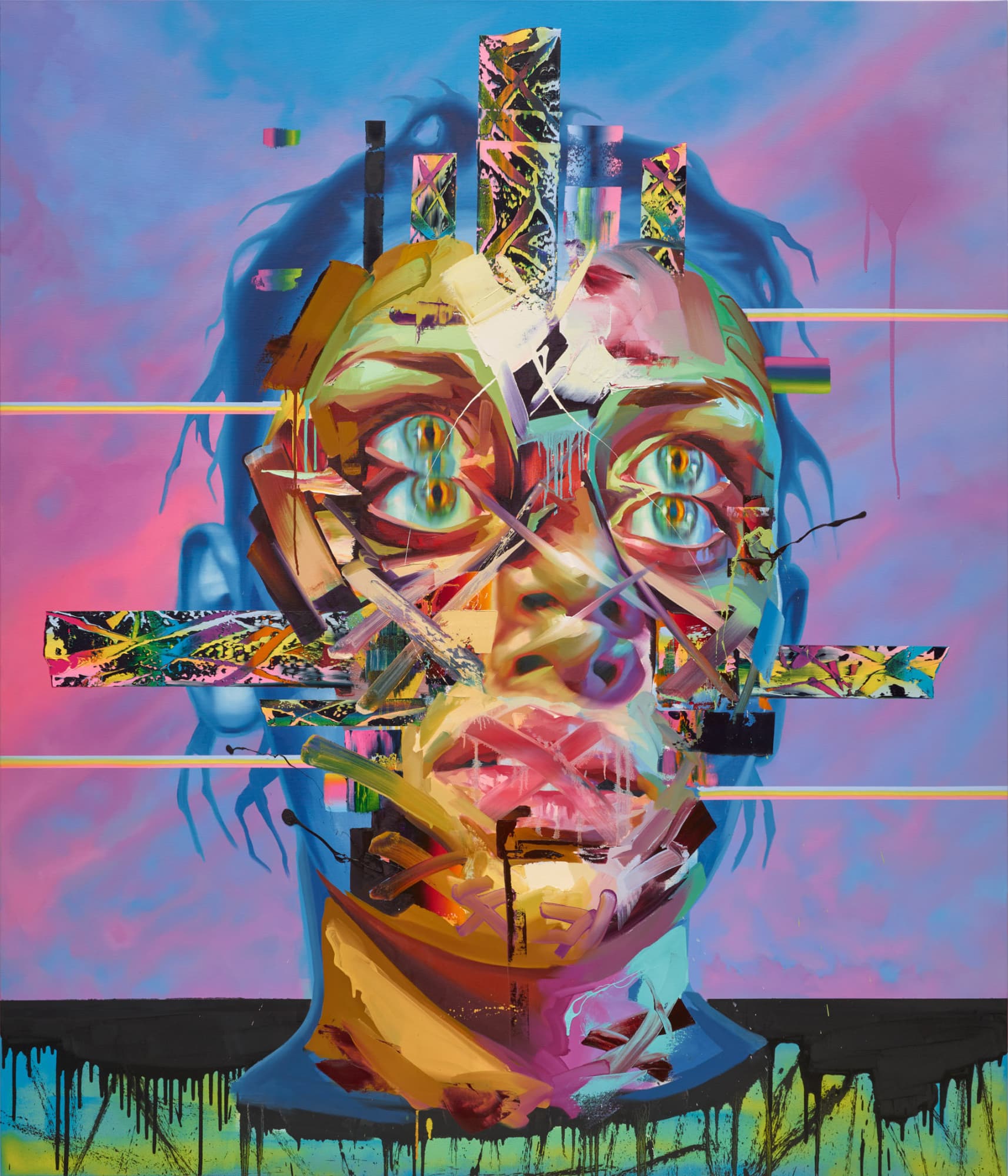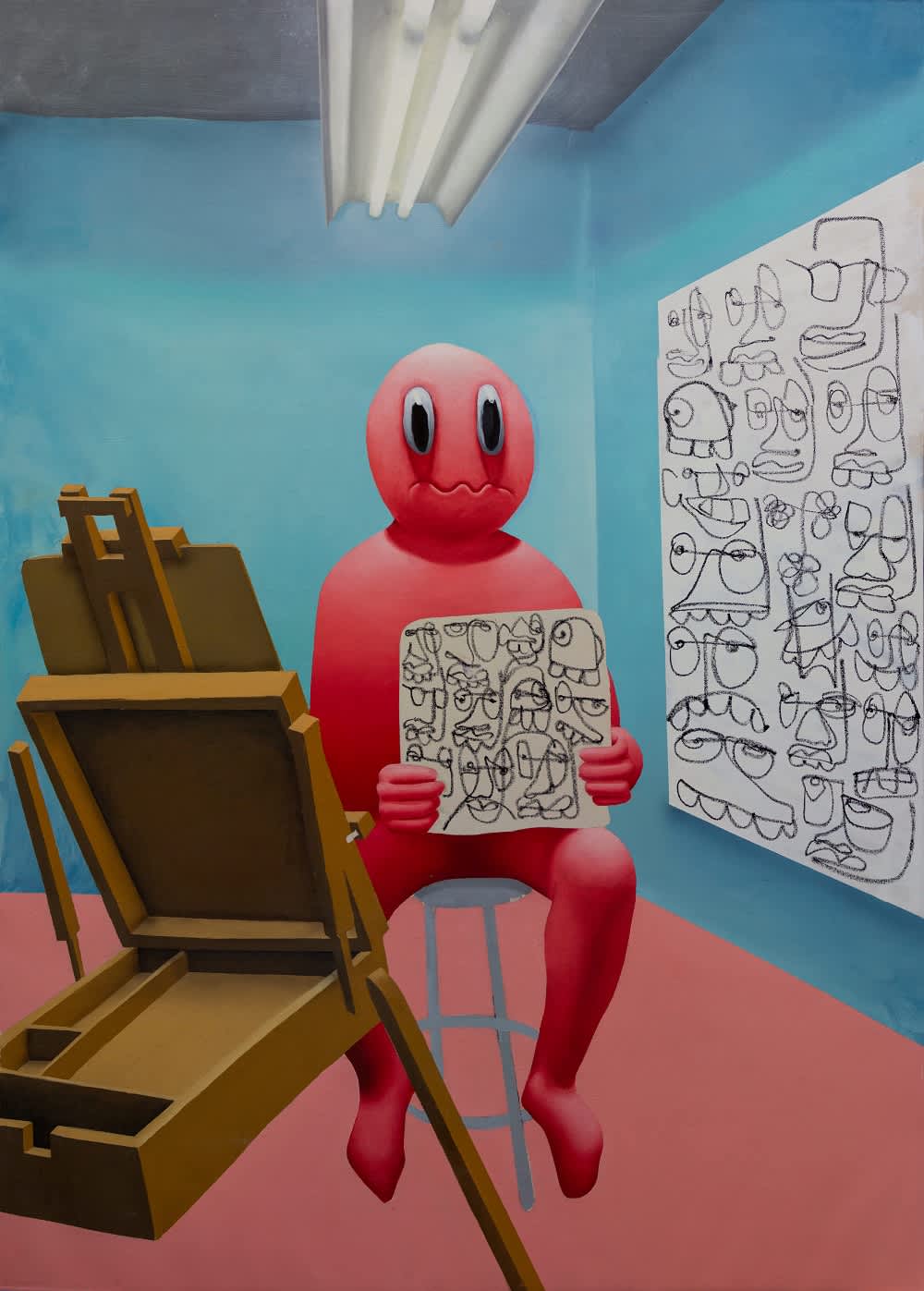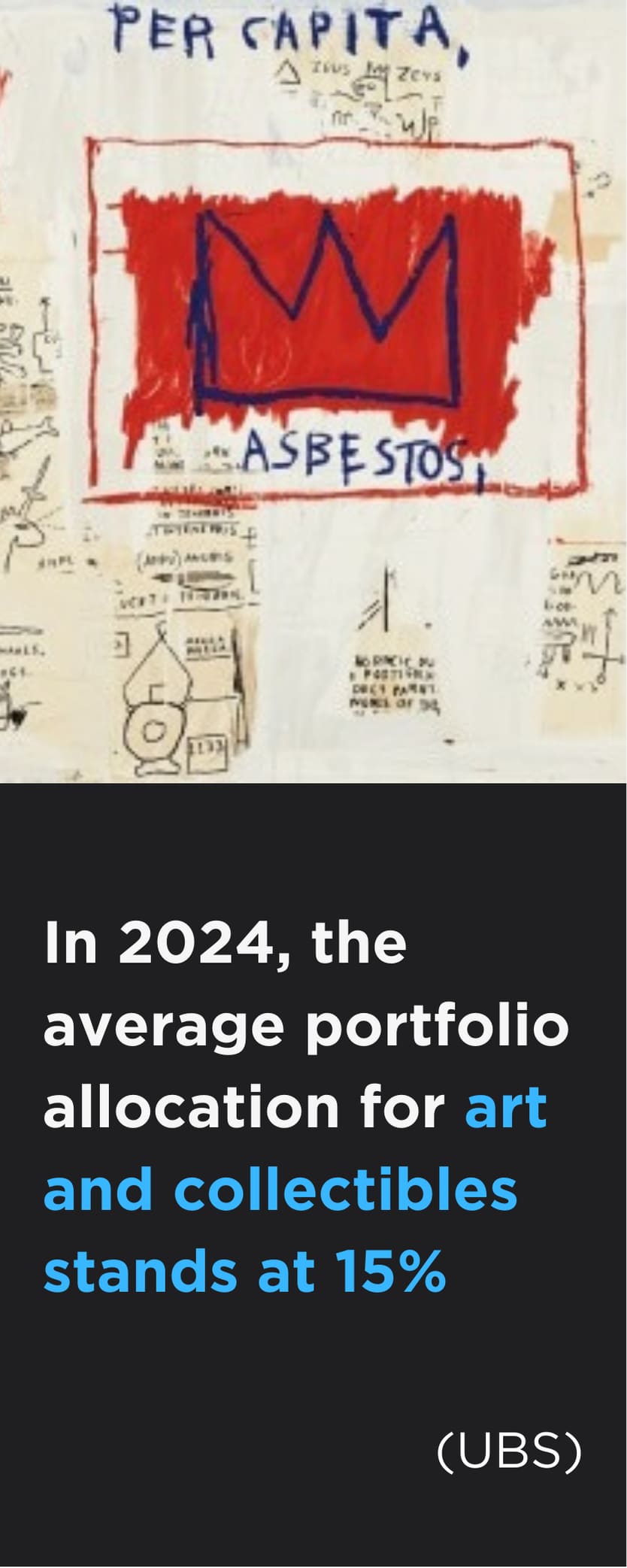With our latest Los Angeles exhibition, Dysmorphia, signalling a new movement in West Coast painting, we talk to Artistic Director Maeve Doyle about the cultural importance of the exhibition and how it perfectly captures the post-pandemic zeitgeist.
Opening earlier this month at Maddox Gallery Los Angeles, Dysmorphia is an exhibition of curated works featuring a range of emerging and established Los Angeles based artists. The vibrant show channels the inherent dualities of human nature, exploring the boundary between reality and fantasy, and challenging both perception and paradigms. The wide-ranging array of unique works are united by their overarching examination of the human psyche, with a visual instability that reflects the uncertainty of our existence.
To find out more about the cultural significance of this germinal show, we spoke to Maddox Artistic Director Maeve Doyle to discuss everything from how post-pandemic dystopian tensions have begun to manifest themselves in art to when Los Angeles became a cultural hotspot for new artists.

ARTISTIC DIRECTOR, MAEVE DOYLE, PICTURED WITH CLOSE YOUR EYES AND BY WYATT MILLS
“Dysmorphia is an embodiment of abstract ideas, painted mostly over the past 18 months”.
A group show comprised of nine distinctly unique artists based in Los Angeles, Dysmorphia considers what it means to be human in modern society, where social relations are marked by technological encounters and unprecedented global events throw into question the very nature of humanity.
“From the quasi-female portraits of Justin Bower’s electrifying avatars and Sol Summers reflections on Jim Jones to Jahlil Nzinga’s highly emotional hallucinatory portraits, the artworks in this show investigate the theme of technology infecting the body in an unprecedented manner, which undoubtedly is fuelled by the effects of the pandemic”.
NEVENA PRIJIC, DOMINION, 2020
Dysmorphia captures the dystopian zeitgeist of the human condition in 2021, with all the artworks created in the destabilizing wake of COVID-19. A sumptuous banquet of colour that is as familiar as it is unsettling, the sixteen works encapsulate the contemporary epoch, marking the future of painting, especially for avant-garde artists of the West Coast of the United States.
ANDREW COOPER, BREAKFAST IS READY, 2021
“Challenging the notion of painting, the diverse set of mostly figurative works has brought to light that post-pandemic, people want to paint people”.
From the multiplying faces of Jahlil Nzinga to the diffracted figures of Wyatt Mills, Doyle notes that Dysmorphia also marks a new era in art where after a year of isolation, “people want to see paintings of people”. This longing both to experience and portray human connection has manifested itself in a rise in figurative painting. Yet, the complexities of achieving meaningful relationships in a post-pandemic society sees many artists choosing an abstracted and fractured style.
Justin Bower’s electrifying canvases explore this very idea. His pixelated portraits become an armature for the artist to investigate the effects of the ever-evolving world around us, where technology displaces human interaction and religious belief systems. Combining the painterly strokes of Abstract Expressionism with the hallucinatory effects of Op Art, Bower represents the future of art.

JUSTIN BOWER, FAITH HEALER II, 2021
“In the last year we have seen a strong shift from the big art centres to the periphery. The galleries have become migrating birds, gravitating to places like Palm Beach and the Hamptons doing pop ups and collaborations”.
Dysmorphia’s cultural significance as a show not only stems from the varied selection of gifted artists participating but also due to the location-specific nature of the show. Comprised exclusively of Los-Angeles living artists, Doyle states that in art “local has become the new global”.
Broadly speaking, the West Coast art scene emerged in the 1960s and 70s and although it was not defined by a certain manifesto, style, or movement, the era cemented California as an important centre of visual arts.

JAMES VERBICKY, ENDORPHIN 1, 2020
“The city is wired for creativity and in LA we find this condensed coming together of affordable spaces and an influx of galleries and institutional forces”.
Traditionally, New York has been considered the epicentre of American art and in a wider sense, the art capital of the world. Yet, in between 1945 and 1965, the population of Los Angeles doubled in size and in 1957 with the opening of Ferus Gallery, California became known for its emerging artists. American artist and critic Peter Plagens put it best when stating that “the absence of an artistic tradition… gave artists [on the West Coast] an open field, without the obstacles of history or heroes”, meaning that artists can be avant-garde, unimpeded by convention or expectation.
Doyle describes Los Angeles as “the last of American Utopia, a sort of Wild West, mixed with the sea that provides the opportunity for freedom and unconventionality”, making the city a fertile breeding ground for creative leaders of our future.

SOL SUMMERS AND JAHIL NZINGA, DID YOU FIND WHAT YOU’RE LOOKING FOR?, 2020











